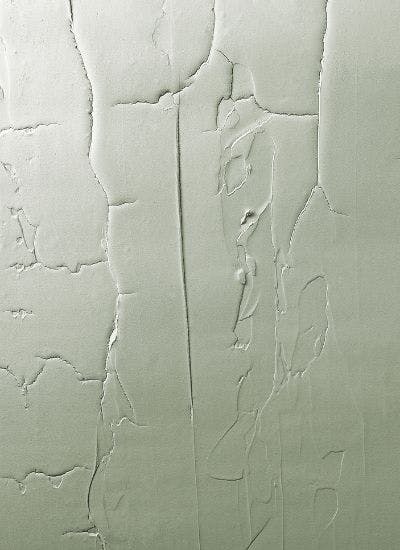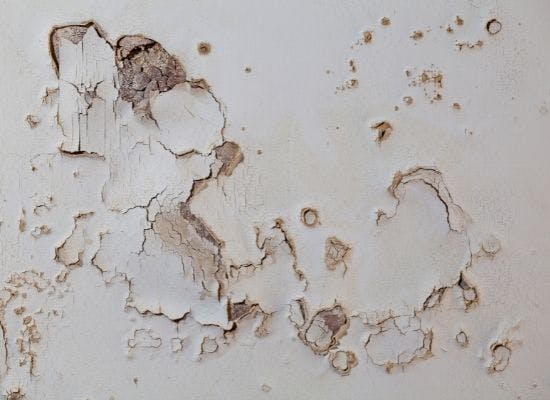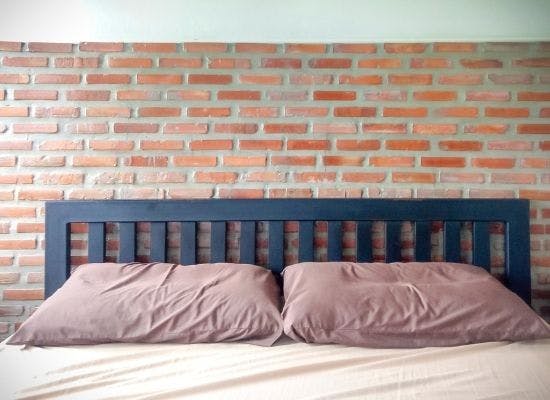Plastering
Should You PVA Plasterboard?
Written by Dale Richardson - Updated: June 23, 2023
Stay Updated with Expert Tips!
Love our DIY guides and solutions for common household problems? Get expert advice, tips, and exclusive offers in our newsletter. From garden hacks to home maintenance and special deals, we've got it all. Join our growing community now!
In today's edition of " Homeowner Basics, " we're going to be talking about PVA and plasterboard. What is it, why do we use it, and how to use it. This is going to be a fun article, so buckle in and strap down! PVA is a super important part to building your home, specifically plastering it (as the name suggests), so it's important that you know how it works and why in the event you need to plaster a room or two.
Polyvinyl Acetate (PVA) is primarily used as a primer for your wall surface and to help your plaster bond to the wall. You generally don't need to put PVA over plasterboard.
Now let's get right into it, this is gonna be a good one.
READ NEXT: Can you paint over PVA glue?
What Is PVA and Why Use It?
Have you ever noticed while painting a wall that your first layer of paint soaks a bit into the wall? This is called suction and depending on what you used to make the wall, your wall's suction may vary. Things like brick walls (very porous) are the highest suction, while PVA is specifically designed to be a low suction surface. The suction of your walls is actually pretty important to plan around.
If you read our recent article on blown plaster , you'll know why - but just in case you didn't let's give a short primer. In short, plaster blows for one of a couple of reasons; the most likely being that either you tried to put it on something you shouldn't have (like tile). Another potential cause is excess moisture building up in your walls, and neither is exactly a good thing!
PVA is designed to act as a primer for your plaster and to make a seal between the wall and the plasterboard. It is, for lack of a better word, glue. So it isn't necessary to put layers on both ends of plasterboard, as that would sort of defeat the purpose, right? So how do you use PVA?
How to PVA and Plaster a Wall

If there is already a plasterboard laid down, you don't need to do this. You can lay a skim coat of PVA over the board before plastering if the board is old, though it's not necessary.
Begin by cleaning your work area - plastering gets messy, so it's important to have the area cleared. Then lay down plastic sheeting to protect the floors and other surfaces you can't move (like large furniture). To clean the actual space you're working on, use sugar soap and a rag to make sure it's all clean as possible. Fill in any holes or cracks that you're going to plaster while doing this.
READ NEXT: Hairline cracks in new plaster? Here's why.
Small holes can be patched with basic filler and screen tape. The latter of those two options, screen tape, is best for covering joints between the base layer of the wall. Now, onto the PVA application.
Choose and mix a good, thick PVA. And by mix, I mean that you can't just use it straight out of the bottle.
You'll need to do a roughly 3:1 water to PVA ratio and mix in a bucket or pan.
Paint on your first layer of PVA as a primer, just as you would actual paint - with a brush or roller. Once it's covered, give it time to dry. Now you lay down a second coat in exactly the same way - once it's tacky, though, it's time for primer.
If you apply the primer and it becomes dry very quickly, the surface that you're applying it to is too porous. You'll need to apply a second coat of diluted PVA and replaster.
READ NEXT: Can you varnish MDF?
When to Call a Professional

Plastering isn't a hard thing to do, it's just time-consuming. If you're thinking of replastering an entire room, it's likely better to let a pro come in. They'll have more hands and more experience, making the entire process much less painful than if you did it yourself. This goes doubly if you haven't done this before - hire a professional and take notes as they work.
You'll be able to learn from people who do it for a living, catch a few nice tricks, and avoid ever having to pay someone to plaster for you ever again.
Read Next: How to fix plaster not drying.
Final Thoughts
This one was nice and short. If you're considering putting PVA on plasterboard, it's likely not necessary. While you can , it really only needs to happen if the board is getting old, and even then, you only need a small skim coat. PVA is used as a primer for the plaster to attach to a surface, and plasterboard is already made to be plastered over. That means that you're essentially priming something that doesn't need priming.
If this has confused you even more, it's likely time to call a professional for help. While I know it's not what you want to hear, sometimes it's for the best. Professionals exist for a reason - to make your life easier. And if their knowledge can help you out and get your plastering done quickly and properly, why not let them? Sit back, make a drink, and let the pros do what they do best.
One More Thing Before You Go!
Craving more DIY insights? Don't miss our expert guides and exclusive deals. Subscribe now and get the best of home and garden tips straight to your inbox. Join our community and stay in the know!
Get Cashback Faster & Earn Free Fraffle Tickets
Shop at your favourite stores and enjoy cashback in days, not months. Plus, sign up today to get 5x Free Fraffle tickets!


















